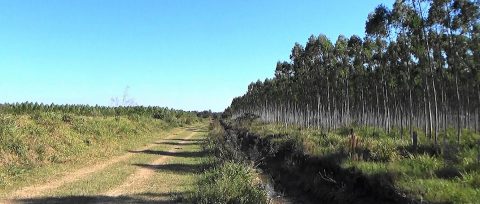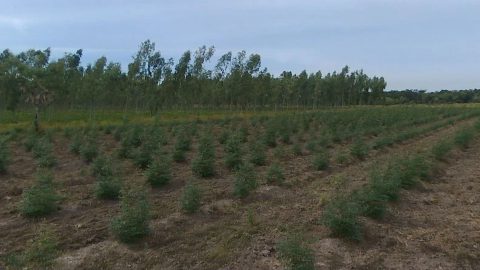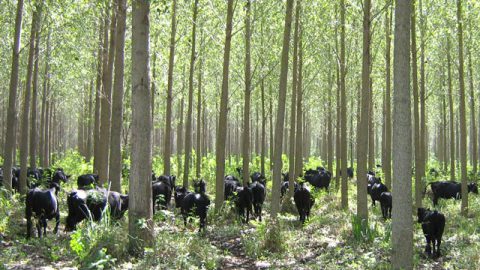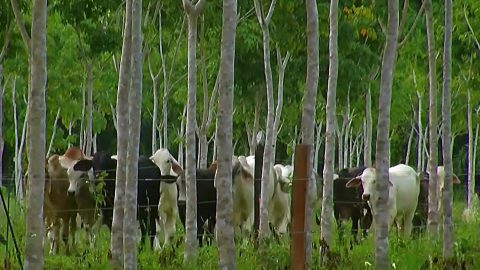Reforestation to restore our ecosystem
A pact with nature, plus a tax exemption, are motivations for those who wish to invest in reforestation in Paraguay.

The state encourages landowners to reforest
The government has taken measures to preserve the balance of the Paraguayan forest ecosystem in collaboration with environmental organizations. Over the past seven years, reforestation has increased by 300%, from 40,000 hectares to 120,000 hectares.
Agro-forestry projects that combine the planting of forest species with crops or livestock, benefit from economic incentives. Landowners who request a reforestation plan will be able to benefit from preferential long-term credits and exemptions on property tax.

The main species for reforestation
There are mainly two types of wood from forest plantations:
- Coniferous woods: pines, Paraná pine, among others
- Broadleaf wood: eucalyptus, acacia, teak
- Native species planted in reforestation.
With productivity techniques adapted to the soil and the climate, forestry provides a very high sustainable yield and greater profitability than agriculture.
Investing in forestry means participating in the preservation of the forest and ensuring profitability for years to come.
Silvopastoral for optimal reforestation yield
The silvopastoral is the combination of the activity of the breeder and the winning forest management.

Sustainable development for an estancia
The goal of silvopastoral is simultaneous or consecutive handling, to develop soil potential and durability.
Trees produce wood, fodder shrubs and legumes produce a rich and highly nutritious diet. Natural or sown pasture provides basic food for the animals.
The favorable climatic conditions of Paraguay, as well as a selection of the various species of trees and fodder shrubs, allow a better productivity of the soil, while controlling erosion, and an improvement of the pastures by the formation of roots and humus.

Environment and profits for an estancia in South America
A study carried out by the Food and Agriculture Organization of the United Nations, to show that breeders in South America, derive significant gains from this practice. Once set up, the silvopastoral system supports many more animals per hectare than natural or improved pastures. Fodder and fruits from trees and shrubs provide much more nutritious food for animals, which in turn produce more milk and meat. The silvopastoral system allows significant savings thanks to a high nutritional value of fodder, eliminating the purchase of animal feed in the trade. It is also a food reserve for the winter or in times of drought.

Guaranteed profitability for the future
In addition to the environmental aspect, the sylvopastoral system allows a high increase in profitability on a prepared surface. The average density is 550 trees planted per hectare. The length of the operating cycles varies depending on the tree species chosen and the regions.
By investing in targeted afforestation, the objectives of economy and environmental protection can be perfectly combined, while ensuring long-term sustainable profitability and added value of the land. It is also a social action by creating permanent jobs in structurally weak regions and improving the living conditions of the local population.

Reforestation, a sustainable investment!
A good deed for our planet and futures generations.
Contact us